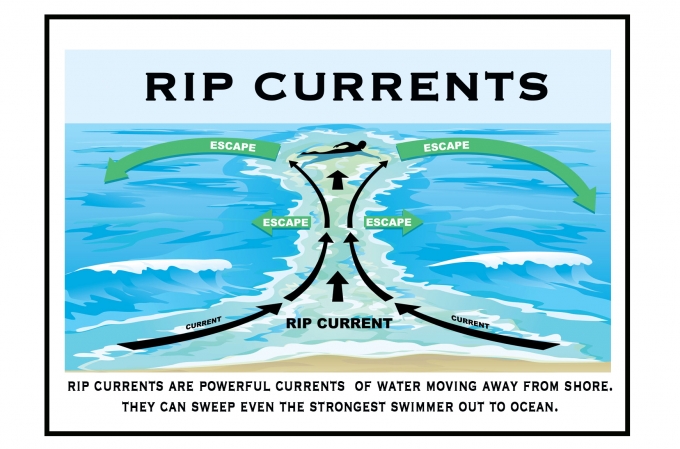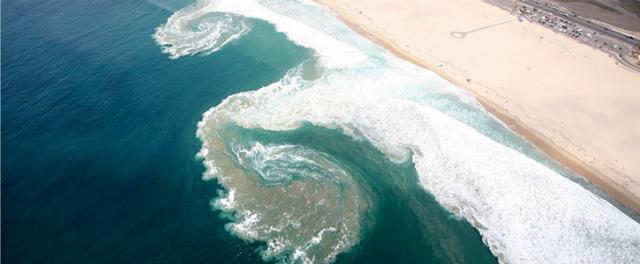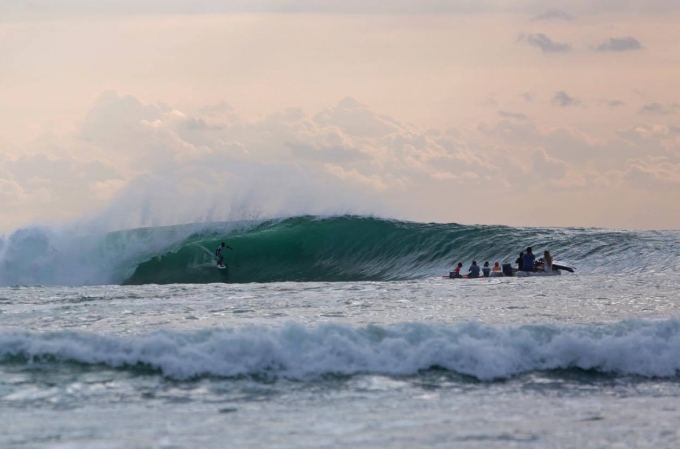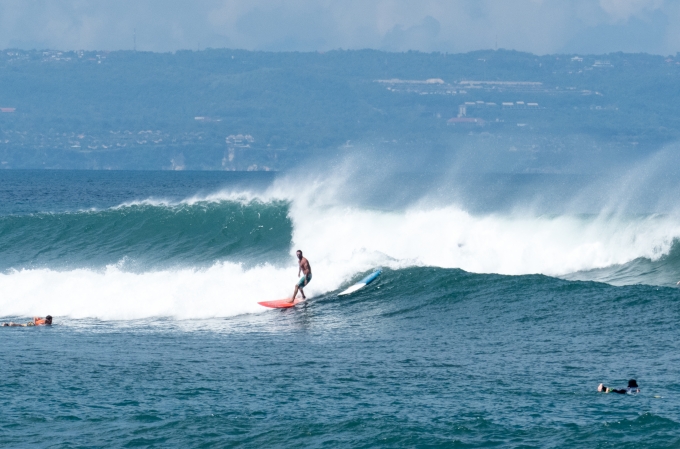Guide to Rip Currents
May 04, 2016 | 0 Comment

What are rip currents?
When waves break they are pushing water to the shoreline, so all the water which comes in needs to find a way back out to sea. This water flows back out through deeper channels of water and it is these channels which we call rip tides. Therefore, rip currents are most dangerous at low tide when the water is already flowing out to sea. At lifeguarded beaches they will set out red and yellow flags to mark the safe swimming area so ensure you stay between these flags. If you see a red flag on the beach then the lifeguards have deemed it too dangerous to swim.
What to do if you get caught?
- If you feel yourself getting pulled by a rip then firstly DON’T PANIC. Many experienced surfers will purposefully ride rips or channels to get out back, past where waves are breaking. Rips don’t pull you under the water they simply pull you out to deeper water.
- Stay on your board, it’s an effectivefloatation device which keeps you safe.
- Calmly paddle parallel to the shore until you feel that you are no longer being pulled by the current. In this way you will paddle out of the channel and can resume your session!
- If special situations where you’re unable to stay on your board (e.x. leash has snapped and you are separated from the board) stay calm and start swimming parallel to the shore until you are out of channel and no longer feel yourself being pulled out to deeper water.

How to spot a rip current
- You can usually spot a rip if you can see patches of swirling water where waves aren’t breaking (as waves break in shallower water) and where the surface looks disturbed and turbulent.
- Also look out for discoloured patches of water near the shore as rips can sometimes churn up sand and thus appear darker.
Different types of rips
- Fixed Rips- these are the most common type of rip which occur between sandbars on a beach break, as channels between two sandbars funnel the incoming water back out to sea. The water will flow through the path of least resistance and therefore will flow between the deeper gaps between sandbars. These are often persistent for longer periods of days/weeks/months as the sandbars really have to shift to change the location of the rip.
- Flash rips- These are also known as ‘high energy rips’, they occur when wave height increases dramatically or during storms as the water level will suddenly rise which causes a rip.
- Topographic rips- these occur due to manmade or geographical fixtures such as piers, jetties, etc anything which sticks out from the beach and can change the direction of currents, making them flow away from the shore.
- Mega rips- These occur during storms or other periods of extremely large wave activity which trigger large rip current systems. Megarips can stretch 100s of metres offshore however, they only occur when conditions are large and dangerous so very few people will be in the water anyway.
Every surfer or waterman will encounter rips at one time or another. Although rip currents can be dangerous, if you understand how they work and you respect the power of the sea, they should not pose a serious issue or risk.
Categories
Popular post
Surfing Spots: An Advanced Guide of Surfing Beaches in Bali
May 22, 2017
Bali is every surfer’s paradise. There are tons of surfing spots around Bali whether you...
A General Guide to Surfboard Fins
September 21, 2016
(cover photo credit @victorcrespo.photo) This is by no means a definitive guide to...


